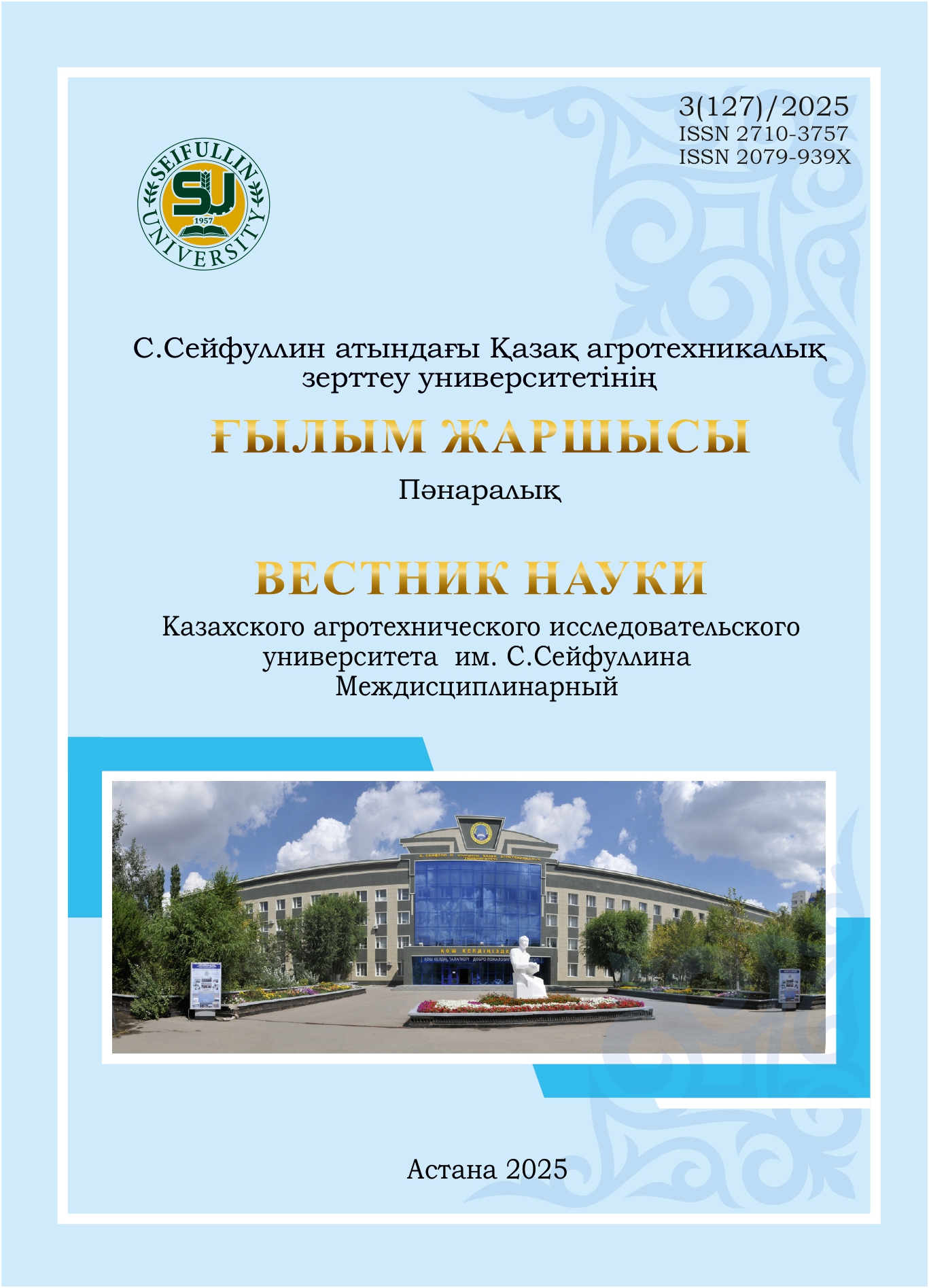Introduction of fruit and berry plants into the Astana botanical garden
DOI:
https://doi.org/10.51452/kazatu.2025.3(127).2029Keywords:
Hippophae (sea buckthorn); Rosa (rosehip); Ribes (currant); Crataegus (hawthorn); biometrics; introduction.Abstract
Background and Aim. Fruit and berry shrubs are valuable for their nutritional, ornamental, and pharmacological properties, making them important targets for introduction and use in landscaping and horticulture. Under the conditions of Northern Kazakhstan, special attention is given to species capable of withstanding harsh climates and demonstrating high adaptability. This study aimed to assess the survival rate and morphometric characteristics of select Hippophae, Crataegus, Rosa, and Ribes under the conditions of the Astana Botanical Garden.
Materials and Methods. Planting material was collected during expeditions to the Akmola, North Kazakhstan, and Kostanay regions in 2024. Planting was conducted in spring and autumn of 2024. Plant growth, biometric parameters, and survival rates were recorded in June 2025.
Results. Significant differences in performance were oserved among forms within each genus. Hippophae rhamnoides form Burabay 1 exhibited the highest values (height – 130 cm, shoot growth – 21.4 cm, survival – 90%). Among Crataegus, form 1 had the most favorable biometric traits. Within Rosa, R. acicularis exhibited larger leaves and shoots but lower survival. Forms of Ribes demonstrated weak vegetative development and low survivability.
Conclusion. Certain forms, particularly Hippophae rhamnoides Burabay 1, demonstrate high adaptive potential and are promising for landscaping, introduction, and breeding efforts in Northern Kazakhstan.

